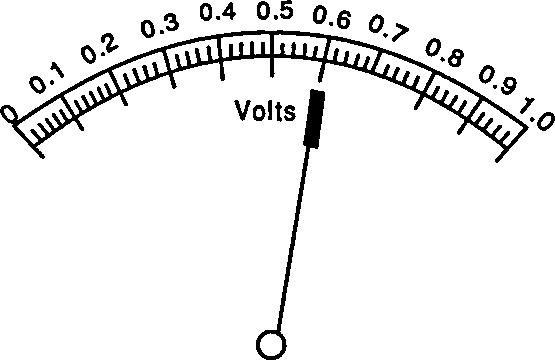
1 minute read
Troubleshooting Power Quality
Low-Voltage Test
When making a low-voltage test, first take a reading at the service entrance. For example, if the main service is rated 120/240, single-phase, three-wire, the voltage reading between phases (ungrounded conductors) should be 230 to 240 V. If the reading is much lower than 230 V, the electric utility company should be contacted to correct the problem. However, if the reading at the main service is between 230 and 240 V, the next procedure is to check the voltage reading at various outlets throughout the system.
Advertisement
When low-voltage problem is measured on a circuit, leave the voltmeter terminals connected across the line and begin disconnecting all the loads connected to that circuit, one at a time. If the problem disappears after several of the loads have been disconnected, the circuit is probably overloaded (thus causing excessive voltage drop). Steps should be taken to reduce the load on that circuit or else increase conductor wire size to accommodate the load.
Ground Fault
Ground faults are another common problem. Assume that a small industrial plant has a three-phase, threewire, 240-V, delta-connected service. The service equipment is installed, as shown in Figure 1-6. Under proper operating conditions, the voltmeter should read 240 V between phases (A-B, B-C, and A-C), and approximately 150 V between each phase to ground. However, if checking with voltmeter indicates that two phases have a voltage of 230 V to ground and the
9








